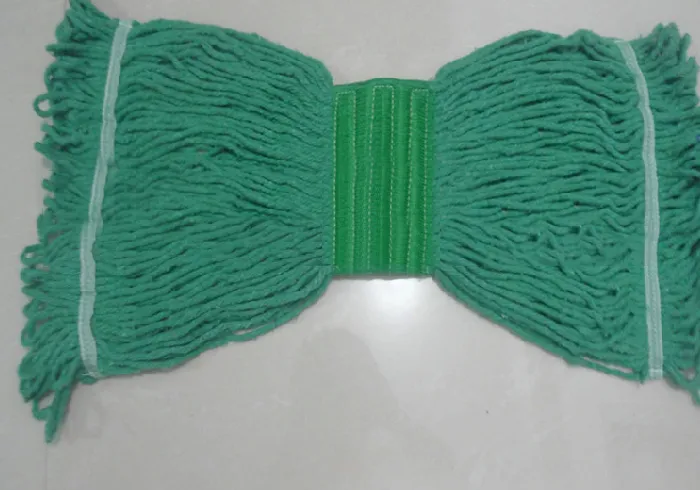Understanding the Cover Stitch Function on a Serger and Its Practical Applications in Sewing
Understanding Cover Stitch on a Serger
A cover stitch is a specialized stitch commonly found on sergers, or overlock machines, that is particularly valued in the world of garment construction and sewing. Distinct from the standard stitches, the cover stitch is known for its ability to provide a professional finish on knit fabrics, making it an essential technique for anyone serious about sewing clothing. In this article, we’ll delve into what a cover stitch is, how it works, and its applications.
What is a Cover Stitch?
A cover stitch consists of two rows of stitching on the top side and one row on the underside, creating a secure and stretchy stitch ideal for knit fabrics. This stitch is especially useful for hemming and finishing seams on t-shirts, activewear, and other stretchable garments. The cover stitch resembles a chain stitch, but its unique structure allows for added elasticity, which is crucial for maintaining the integrity of stretchy fabrics.
How Does a Cover Stitch Work?
Sergers are equipped with multiple needles and loopers that work together to create different types of stitches. When it comes to making a cover stitch, the machine uses either two or three needles, depending on whether a double or triple cover stitch is desired. The needles create the top stitches, while the looper interlocks the threads underneath, forming a strong, flat seam that lays beautifully on fabric.
One of the key benefits of the cover stitch is its ability to stretch along with the fabric. This characteristic is vital for garments like t-shirts and leggings, which need to accommodate movement without compromising their structural integrity. The flat nature of the stitch also makes it comfortable against the skin, reducing the chances of irritation.
Applications of Cover Stitch
what is a cover stitch on a serger

The cover stitch is widely used in various sewing projects, particularly those involving knit fabrics
. Its primary applications include1. Hemming The cover stitch is ideal for finishing the edges of shirts and pants. The flat stitch allows for an invisible hem that is durable yet stretchy, making it perfect for activewear and casual garments.
2. Necklines A cover stitch can be used to finish neckline edges, ensuring they maintain their shape while providing comfort. This technique is frequently employed in the production of t-shirts and dresses.
3. Seam Finishing When sewing seams on knit fabrics, a cover stitch provides added strength and elasticity. This ensures that seams do not pop or rip during wear.
4. Decorative Elements Since cover stitches can be done in various colors, they can also serve as a decorative element on garments, adding visual interest to seams and hems.
Conclusion
In summary, the cover stitch is a powerful tool in the arsenal of a serger, enabling sewers to create professional-looking garments with ease. Its ability to stretch with the fabric while providing a clean finish makes it indispensable for anyone working with knit materials. Whether you're a novice or an experienced sewist, mastering the cover stitch can significantly enhance the quality of your sewing projects, allowing you to create beautiful, durable, and stylish clothing. As you explore the world of sewing, incorporating the cover stitch into your repertoire will undoubtedly elevate your garment-making skills. Happy sewing!
-
Industrial Cylinder Arm Sewing Machine: Revolutionizing Heavy-Duty SewingNewsJul.28,2025
-
Cylinder Arm Sewing Machine: Perfect for Special Sewing ApplicationsNewsJul.28,2025
-
Cylinder Bed Sewing Machine: Essential for Sewing Complex MaterialsNewsJul.28,2025
-
Heavy Duty Sewing Machine: The Essential Tool for Industrial ApplicationsNewsJul.28,2025
-
Computerized Pattern Sewing Machine: Revolutionizing Precision StitchingNewsJul.28,2025
-
Heavy Duty Industrial Sewing Machine: Power Meets PrecisionNewsJul.28,2025
-
Leather Sewing Machine: The Industrial Standard for Tough MaterialsNewsJul.18,2025





























